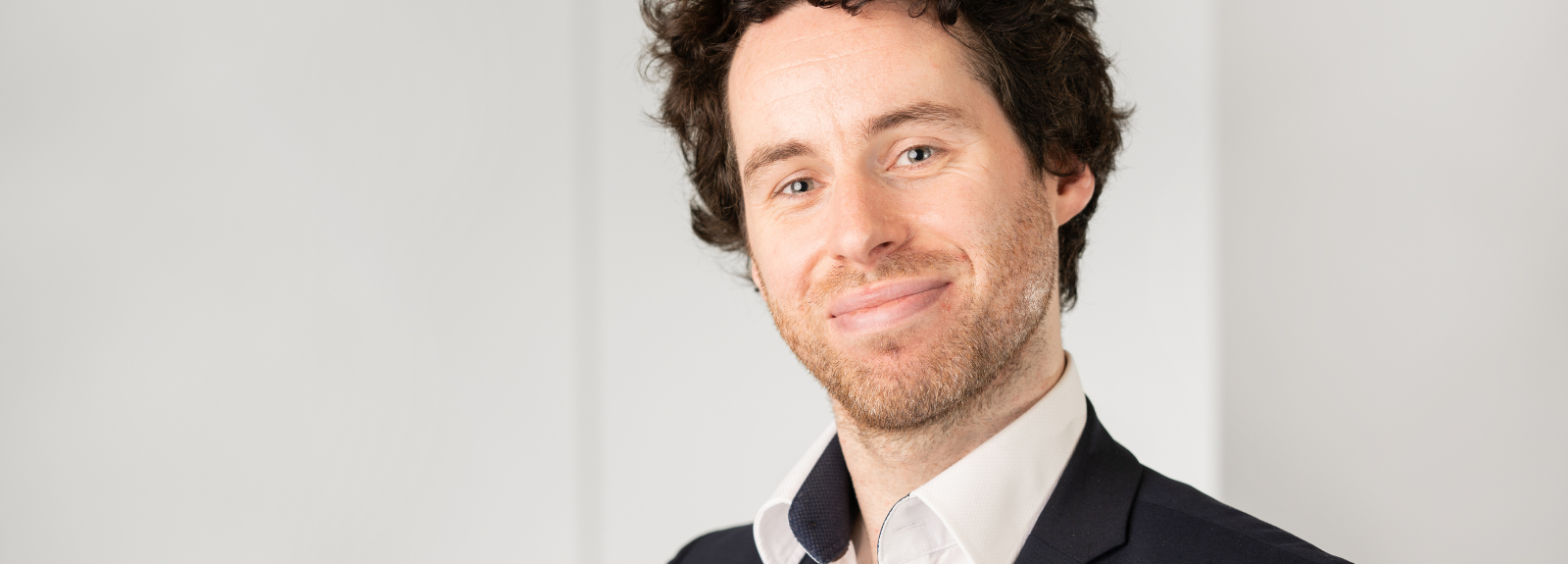Dr Thomas Thompson is a Research Fellow in the School of Pharmacy.
Can you tell us a little about your role?
I’m a Postdoctoral Research Fellow in the School of Pharmacy. My week splits between the lab and the whiteboard: designing experiments, mentoring students, and turning messy results into clear stories that can help patients. The variety keeps things exciting, troubleshooting a stubborn assay one day, helping a student polish a figure the next.
How would you describe your research to someone outside of your field?
Bacteria don’t usually live alone. In a wound, catheter or implant, they gather into slimy fortresses called biofilms. These communities shield bacteria from antibiotics and our immune system, and they’re a major reason chronic infections can persist for months or even years. My work looks at how biofilms organise themselves, and how to break their defences.
One approach we study is cold atmospheric plasma. Despite the sci-fi name, it isn’t a laser or a heat treatment. It’s a gentle, room-temperature glow that produces short-lived reactive molecules that break apart the biofilm fortress. When those walls come down, antibiotics can reach their targets again. Using the two together means we can often use less antibiotics for the same outcome! This means better treatment for patients, fewer side effects, and less pressure on antibiotic resistance, mentoring students, and turning messy results into clear stories that can help patients. The variety keeps things exciting, troubleshooting a stubborn assay one day, helping a student polish a figure the next.
What real-world impact does your research have?
Antimicrobial resistance affects everything from cancer care to routine surgery. When an infection forms on an implant or device, patients face longer hospital stays and sometimes repeat procedures. By understanding how biofilms resist treatment, and by developing treatments that tilt the odds back in our favour, we aim to reduce that burden.
In one of our lab models that mimics a device-associated infection, adding a two-minute plasma pre-treatment step cut the antibiotic dose needed to clear infection by ~32-fold compared with the antibiotic alone. We’re now replicating this in an animal model with colleagues at Thomas Jefferson University and the University of Pennsylvania. Findings like this don’t change practice overnight, but they point towards simple, cost-aware steps we can trial with colleagues in places like the new iREACH health centre, once safety and regulatory checks are complete
What's the most fulfilling part of your job at Queen's?
For me, it’s the people. Experiments are satisfying when they work, but seeing a student gain confidence, defend their results and then teach someone else is better. None of this happens without our technicians and students; good science here is a team sport. I also enjoy translation, taking a complex idea and making it clear for new audiences, whether that’s clinical partners, school pupils or colleagues in a different discipline. Those conversations often spark the next useful question
Can you share a standout moment or experience that's stayed with you during your time at Queen's?
One December, we were waiting on slides of a “salticle” from Kilroot Salt Mine that had been embedded in a special resin by a retired expert in England. They arrived on the last day of term with snow coming down and the campus closing early. We sprinted them to Archaeology, checked the microscope, and there were these tiny liquid pockets – places where life could persist for thousands of years - trapped inside the salticle. We captured the images, submitted the paper, and Queen’s shut for the holidays. It felt wonderfully, chaotically Christmassy.
About Thomas
Outside of work, what hobbies or activities do you enjoy?
I’m into live music, My Chemical Romance, Bring Me The Horizon and Biffy Clyro, and I follow festivals like Slam Dunk and Bludfest. I’m also getting back into fencing with a club that trains at the Queen’s Sport facilities.
